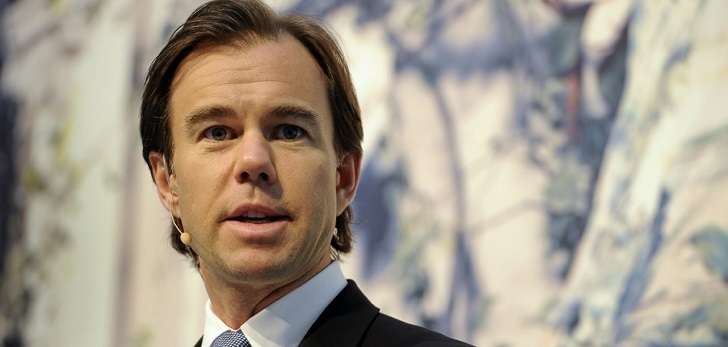H&M, in transition: blank year to change the model

To the emperor of fast fashion, time plays against him. In less than one year, H&M expects to have its transformation resolved: to stop being a conventional retailer to become a digitalized retailer. This change was started in 2017, has been extended throughout 2018 and is scheduled to bear fruit in 2019. Time is short, especially since its main competitor, Inditex, is several years ahead.
For the time being, the cost of that investment affects its net result, but a recovery in its revenue begins to be apparent. “The industry is going towards a transformation, and we are looking for ways to approach with a model that ensures continuity,” said the group’s CEO, Karl-Persson Persson, at the conference before analysts, investors and shareholders.
In the presentation of results for the year 2017, when H&M grew by only 3% and reduced its net profit by 13%, the executive already advanced the need for the group to rediscover the consumer and put it back at the centre of its strategy. A year ago, the company drew up the first stage of this plan, which consisted in the reorganization of its store network, the progress on digitization and the approach to the integration of channels.
Although a year ago Persson described the results as “disappointing” and his titles plummeted in the stock market, this year the manager spoke of being “in the right direction”, and received a boost, closing yesterday with an increase of 2.18% in the value of its shares. The results were not that far from those of the previous year, with a growth of 5% and a fall in profitability of 22%.
During his speech to analysts and investors, Persson repeatedly stressed the concept “in transition” to refer to the process of transformation in which the group is immersed. Throughout 2018, the group has activated the second stage of the plan: the new transition from an old model to another one. “We achieved some goals, and we still have to meet others, but this is a good plan, we are working hard, and we see evidences that tell us we are on the right track,” he said.
The change of direction is based on four points: strengthening the relationship of the brand with the consumer; giving greater flexibility to the value chain in search of price, quality and sustainability; relying on artificial intelligence and accelerating the integration of offline and online.
Regarding the first of these points, Persson explained that they approach it from two levels: the offer and the experience in store and through the online platform. In terms of logistics, the group is investing in the opening of logistics centres to speed deliveries, whether they are store or online orders. In the final stretch of 2018, H&M launched three openings and, by 2019, plans to open another two in Madrid and London.
Its objective is to strengthen the logistics structure in all the countries in which it operates with a view to introducing online sales in all of them. For the time being, the group has started with Germany, which is its main market. In terms of production, the executive has also indicated the group’s willingness to improve supplier selection processes. Lastly, H&M trusts that cloud computing and artificial intelligence will improve its purchasing power to make supply more precise and reduce stocks.
Finally, regarding the integration of online and offline, H&M continues with the reorganization of its store network, closing those that are not profitable or relocating them, as well as opening new ones and renegotiating rents. The company also works to bring the same day delivery system into more countries.
In his speech, Persson did not want to present timings or advance figures, but said that the results of the new model will begin to be seen throughout 2019 either in improving the revenue, the profitability of the company and, ultimately, of the degree of customer satisfaction.
The main objective of H&M, according to its CEO, is “to have a better shopping experience than its competitors” and, for now, it is still a step away from its main competitor, Inditex.


info@themds.com
Validation policy for comments:
MDS does not perform prior verification for the publication of comments. However, to prevent anonymous comments from affecting the rights of third parties without the ability to reply, all comments require a valid email address, which won’t be visible or shared.
Enter your name and email address to be able to comment on this news: once you click on the link you will find within your verification email, your comment will be published.